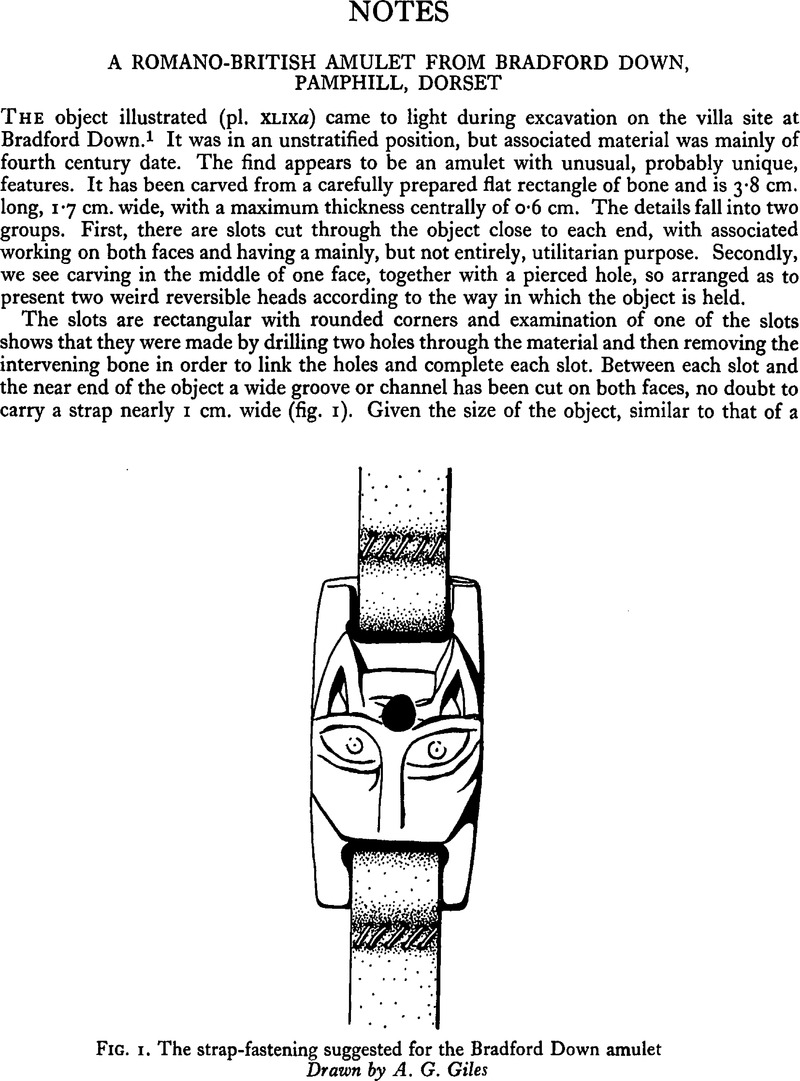Article contents
Medieval Roofs with Base-Crucks and Short Principals: Additional Evidence
Published online by Cambridge University Press: 29 November 2011
Abstract

Information
- Type
- Notes
- Information
- Copyright
- Copyright © The Society of Antiquaries of London 1981
References
NOTES
47 Alcock, N. W. and Barley, M. W., Antiq. J. lii (1972), 132CrossRefGoogle Scholar.
48 Smith, J. T., ‘Cruck distributions: an interpretation of some recent maps’, Vern. Arch, vi (1975), 3CrossRefGoogle Scholar.
49 Atkinson, F. and McDowall, R. W., ‘Aisled houses in the Halifax area’, Antiq. J. xlvii (1967)Google Scholar.
50 Barrett, H., Our Heritage: a History of Kentisbeare and Blackborough (privately printed, 1977)Google Scholar.
51 Fletcher, J. M. and Currie, C. R., ‘The Bishop of Winchester's Manor House at Harwell, Berkshire, and its relevance to the evolution of timber-framed aisled halls’, Arch. J. cxxxvi () (1979) 173Google Scholar.
52 Smith, J. T., ‘The early development of timber buildings: the passing brace and reversed assembly’, Arch. J. cxxxi (1974), 238Google Scholar. The rejection (Smith, J. T., op. cit. in n.48, 6)Google Scholar of the date ‘no later than mid-thirteenth century’ for one of these examples (19 Thorpe-acre, Loughborough, Leics.) seems unwarranted in the light of th e evidence that crown-posts were being regularly used before the end of the thirteenth century.
53 Smith, J. T., op. cit. in n.48, 9Google Scholar.
54 See Alcock, N. W., Cruck Construction: an Introduction and Catalogue, 1982 (C.B.A.)Google Scholar.
- 4
- Cited by

